Uncover Iceland’s wildest corners on an adventurous drive through the Westfjords - Scotland on Sunday Travel
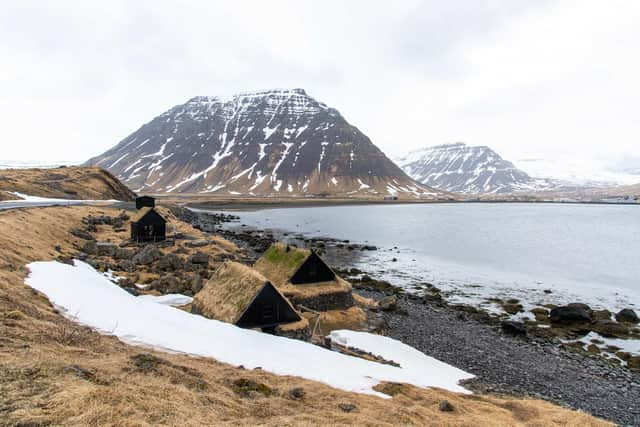

It would take a few years to have an item stocked on the shelves of The Old Bookstore in sleepy Icelandic coastal village Flateyri. Proprietor Eyþór Jóvinsson has an unconventional policy of only selling items from brands who’ve been trading for more than 100 years. Here, at a latitude of 66 degrees north, it’s possible to purchase fountain pens made by British manufacturers Conway Stewart, candles from 17th-century French fragrance makers Cire Trudon and desk accessories by Spanish artisans El Casco.
In a place where it’s hard to find affordable fresh fruit and vegetables, it verges on ridiculous. But logic has never defined daily life in the Westfjords.
Advertisement
Hide AdAdvertisement
Hide AdResembling a kelp frond spreading its many tendrils into the Denmark Strait, this is the oldest part of Iceland, created by a series of volcanic eruptions between 14 and 16 million years ago. Extending from the main island, it’s surrounded on all sides by water, with only vast stretches of swelling waves separating neighbouring Greenland.
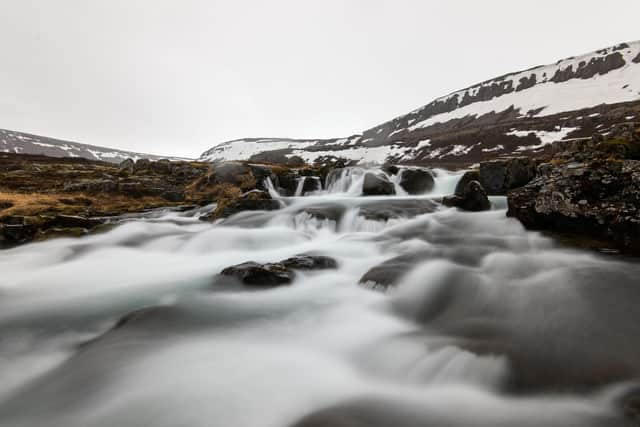

A detour from the traditional Ring Road 1 looping around Iceland, it’s missed on most itineraries. But a new driving route, the Westfjords Way, was launched at the end of 2020 to entice more visitors.
Winding along the hairpin coastline, it’s possible to stop almost anywhere without seeing a soul, sleeping in unpretentious guesthouses and taking a dip – for free – in public pools filled with seawater. For those wanting to escape crowds congregating around the Golden Circle in the south and increasingly popular Akureyri in the north, it’s the ideal option for discovering authentic Iceland.
Eyþór inherited the oldest store in town from his great grandfather, who won a license in 1920 to sell Icelandic books. A small museum in the back rooms where his family once lived pays homage to the past, along with stained pages curling from a set of ledgers, proudly laid open on a desk.
“I’m a strong believer in heritage,” says the proud collector, inviting me to weigh a bag of boiled sweets from Freyja, one of Iceland’s oldest confectioners, using a set of metal balancing scales.
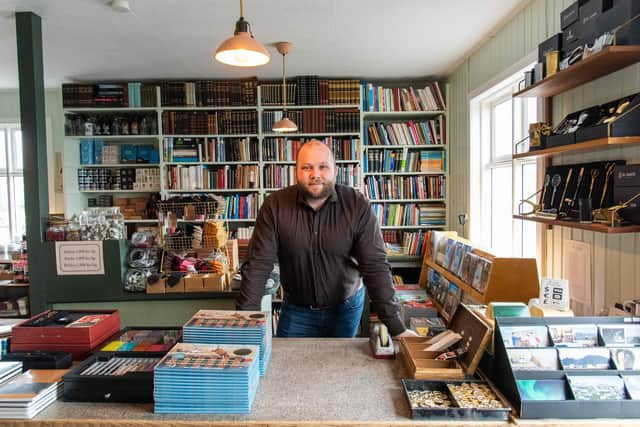

Once an energetic fishing community, Flateyri has been in steady decline, although an improved network of tunnels creating much better connections through the mountains is bringing people slowly back. For now, most residents are seasonal workers employed in tourism, or creatives such as American artist Jean Larson, whose murals of 12 bird species from this area can be found around town. During a short walk, I find snow buntings, Arctic terns and ravens delightfully daubed on houses, schools and even a bus stop shelter.
It would take five and a half hours to drive here from Reykjavik, Iceland’s capital and main international entry point, but to save time on my shortened itinerary, I flew to Ísafjörður with my partner and collected a hire car. The historical fishing town is home to the Dokkan brewery, who make an excellent Djúpid red ale made from seaweed, and the Nonsense Museum, exhibiting a selection of oddities amassed by eccentric collectors – ranging from fairly pedestrian mode airplanes and match boxes, to sugar sachets and Pez dispensers, evoking nostalgic memories from my Eighties childhood.
The main aviation gateway to the wild west is also a base for exploring the Hornstrandir nature reserve (famous for its population of Arctic foxes), although when I visit in early May, the snow-covered area is still closed.
Advertisement
Hide AdAdvertisement
Hide AdAlthough most museums, cafes and boat excursions only open between late-May and October, the biggest attraction in the Westfjords is accessible year-round.
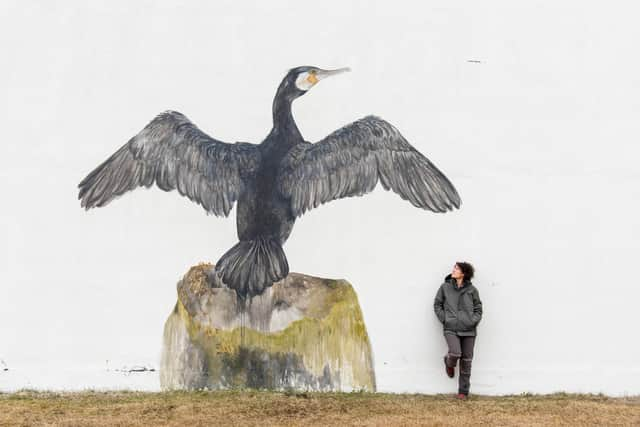

Cascading down a grand stairwell of basalt rock carved by a glacier, the Dynjandi waterfall has been raging since the last ice age 10,000 years ago. Approaching from behind the mountain plateau along a grit road, it’s possible to trace a silver path of water until it reaches a cliff edge, listening to the mighty torrent long before it comes into full view.
On a dull, overcast day, a couple of waddling ptarmigans are our only company. But even in the low light, Dynjandi – meaning thunderous in Icelandic – demands almost religious reverence. Its steep-sided steps remind me of a terraced Hindu temple, any colour drained and replaced by an austere monochrome facade.
Continuing our journey past zebra-striped corrugated mountains and fjords smothered in mist, we head towards Bíldudalur, set along the Arnarfjörður. Stopping for a walk along a desolate beach, we follow a fox’s paw prints, and study etchings drawn by an ebbing tide. Creating lithographs in the sand, furious, curving brush strokes imagine a fiery lava flow, while thinner, wispy lines form an enchanted forest.
With so much space and possibility, creative thoughts can easily run free along these empty roads. Farmer Samúel Jónsson certainly felt inspired when he turned his attention to creating sculptures in later life. His curious and slightly primitive, childlike creations of horses, seals and walruses can be found decorating a sculpture garden at the end of a long dirt track at Brautarholt.
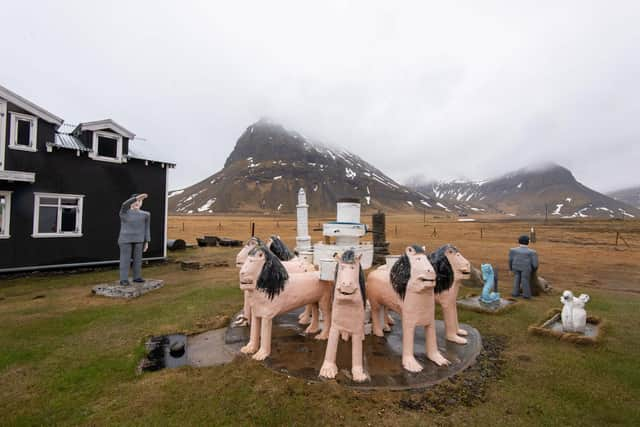

A pathway lined with shells (to help guide elderly Samúel, as his eyesight began to fail) leads to a chapel decorated with a wooden replica of St Peter’s Basilica, every column and cupola copied faithfully from images on postcards. Following his death in 1969, the site is now managed by an association who’ve left their bank details pinned to a wall, for any visitor donations.
Returning to Bildudalur, where we stay the night at family-run guesthouse the Harbour Inn, a road sign reads, ‘Beware of sea monsters’. Creatures of the deep have appeared in Icelandic literature for centuries. First-hand accounts – including the story of a man attacked when his horse galloped over a monster sleeping on the beach, and another about a titan with large, protruding eyes, who was caught in a net – feature in an interactive exhibition at The Icelandic Sea Monster Museum (1450 ISK/£8.50).
A high number of sea serpents have been seen in this fjord, where basalt peaks tear through a silky gossamer mist and birds wail like forlorn banshees. But even using our best detective efforts, there are no signs of unusual activity. Instead, oyster catchers stride confidently and eiders wiggle tail feathers in the air.
Advertisement
Hide AdAdvertisement
Hide AdThe Westfjords, it turns out, has more celestial feathered angels than beasts from the deep, as we discover at Látrabjarg, Europe’s largest bird cliff and the westernmost point of Iceland. We’re too early for puffins, who typically parade between burrows along the grassy banks, but plenty of kittiwakes and fulmars have already settled into their rocky porticos for the breeding season.
An uncharacteristically late snowfall almost scuppers our drive to Drangsnes on the eastern coast of the Westfjords, our final stop, a reminder why travelling out of season can sometimes be a gamble.
But there’s something exceptionally atmospheric about the stacks of Siberian driftwood piled up like matchsticks beneath enormous mountains, and the sight of a single snow bunting flitting between the broken windows of a hollow wooden house.
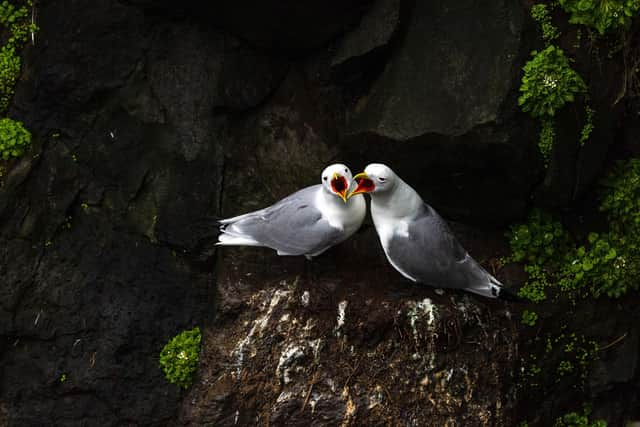

A lonely house in the Westfjords (Renato Granieri/PA)
Seated in Drangsnes’s free waterside hot tubs, wearing a bikini and woolly hat, I watch eider ducks cruise across Steingrimsfjörður Bay. In these icy conditions, I’m not sure who’s madder. But this is, after all, the Westfjords, where so many things make wonderfully little sense.
How to plan your trip
Discover The World (discover-the-world.com; 01737 214 250) offers a 14-night Road Less Travelled self-drive holiday through the Westfjords from £2,171pp (two sharing), including car hire and accommodation. Excludes flights.